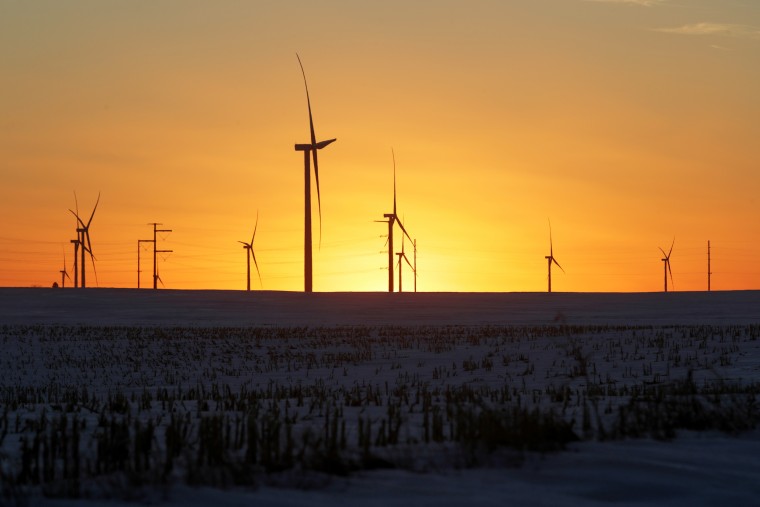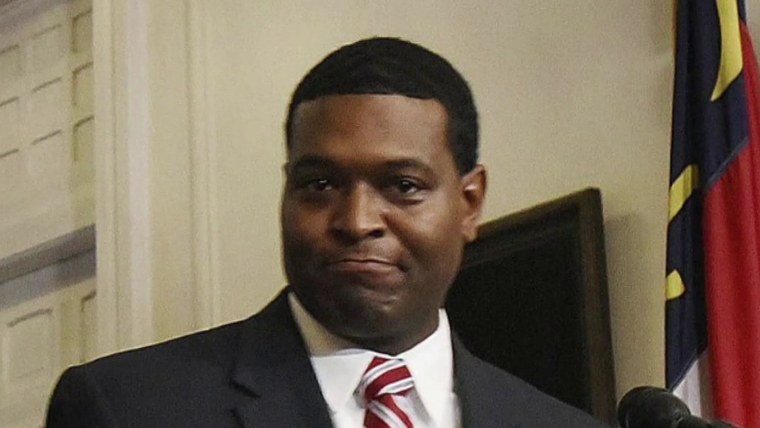In as little as 10 years, AI could generate enough wealth to pay every adult in the U.S. $13,500 a year, OpenAI CEO Sam Altman said in his 2,933 word piece called "Moore's Law for Everything."
But critics are concerned that Altman's views could cause more harm than good, and that he's misleading the public on where AI is headed.

Artificial intelligence companies could become so powerful and so wealthy that they're able to provide a universal basic income to every man, woman and child on Earth.
That's how some in the AI community have interpreted a lengthy blog post from Sam Altman, the CEO of research lab OpenAI, that was published earlier this month
In as little as 10 years, AI could generate enough wealth to pay every adult in the U.S. $13,500 a year, Altman said in his 2,933 word piece called "Moore's Law for Everything."
"My work at OpenAI reminds me every day about the magnitude of the socioeconomic change that is coming sooner than most people believe," said Altman, the former president of renowned start-up accelerator Y-Combinator earlier this month. "Software that can think and learn will do more and more of the work that people now do."
But critics are concerned that Altman's views could cause more harm than good, and that he's misleading the public on where AI is headed.
Glen Weyl, an economist and a principal researcher at Microsoft Research, wrote on Twitter: "This beautifully epitomizes the AI ideology that I believe is the most dangerous force in the world today."
One industry source, who asked to remain anonymous due to the nature of the discussion, told CNBC that Altman "envisions a world wherein he and his AI-CEO peers become so immensely powerful that they run every non-AI company (employing people) out of business and every American worker to unemployment. So powerful that a percentage of OpenAI's (and its peers') income could bankroll UBI for every citizen of America."
Altman will be able to "get away with it," the source said, because "politicians will be enticed by his immense tax revenue and by the popularity that paying their voter's salaries (UBI) will give them. But this is an illusion. Sam is no different from any other capitalist trying to persuade the government to allow an oligarchy."
Taxing capital
One of the main thrusts of the essay is a call to tax capital — companies and land — instead of labor. That's where the UBI money would come from.
"We could do something called the American Equity Fund," wrote Altman. "The American Equity Fund would be capitalized by taxing companies above a certain valuation 2.5% of their market value each year, payable in shares transferred to the fund, and by taxing 2.5% of the value of all privately-held land, payable in dollars."
He added: "All citizens over 18 would get an annual distribution, in dollars and company shares, into their accounts. People would be entrusted to use the money however they needed or wanted — for better education, healthcare, housing, starting a company, whatever."
Altman said every citizen would get more money from the fund each year, providing the country keeps doing better.
"Every citizen would therefore increasingly partake of the freedoms, powers, autonomies, and opportunities that come with economic self-determination," he said. "Poverty would be greatly reduced and many more people would have a shot at the life they want."
Matt Clifford, the co-founder of start-up builder Entrepreneur First, wrote in his "Thoughts in Between" newsletter: "I don't think there is anything intellectually radical here ... these ideas have been around for a long time — but it's fascinating as a showcase of how mainstream these previously fringe ideas have become among tech elites."
Meanwhile, Matt Prewitt, president of non-profit RadicalxChange, which describes itself as a global movement for next-generation political economies, told CNBC: "The piece sells a vision of the future that lets our future overlords off way too easy, and would likely create a sort of peasant class encompassing most of society."
He added: "I can imagine even worse futures — but this the wrong direction in which to point our imaginations. By focusing instead on guaranteeing and enabling deeper, broader participation in political and economic life, I think we can do far better."
Richard Miller, founder of tech consultancy firm Miller-Klein Associates, told CNBC that Altman's post feels "muddled," adding that "the model is unfettered capitalism."
Michael Jordan, an academic at University of California Berkeley, told CNBC the blog post is too far from anything intellectually reasonable, either from a technology point of view, or an economic point of view, that he'd prefer not to comment.
In Altman's defense, he wrote in his blog that the idea is designed to be little more than a "conversation starter." Altman did not immediately reply to a CNBC request for an interview.
An OpenAI spokesperson encouraged people to read the essay for themselves.
Not everyone disagreed with Altman. "I like the suggested wealth taxation strategies," wrote Deloitte worker Janine Moir on Twitter.
A.I.'s abilities
Founded in San Francisco in 2015 by a group of entrepreneurs including Elon Musk, OpenAI is widely regarded as one of the top AI labs in the world, along with Facebook AI Research, and DeepMind, which was acquired by Google in 2014.
The research lab, backed by Microsoft with $1 billion in July 2019, is best known for creating an AI image generator, called Dall-E, and an AI text generator, known as GPT-3. It has also developed agents that can beat the best humans at games like Dota 2. But it's nowhere near creating the AI technology that Altman describes, experts told CNBC.
Daron Acemoglu, an economist at MIT, told CNBC: "There is an incredible mistaken optimism of what AI is capable of doing."
Acemoglu said algorithms are good at performing some "very, very narrow tasks" and that they can sometimes help businesses to cut costs or improve a product.
"But they're not that revolutionary, and there's no evidence that any of this is going to be revolutionary," he said, adding that AI leaders are "waxing lyrical about what AI is doing already and how it's revolutionizing things."
In terms of the measures that are standard for economic success, like total factor productivity growth, or output per worker, many sectors are having the worst time they've had in about 100 years, Acemoglu said. "It's not comparable to previous periods of rapid technological progress," he said.
"If you look at the 1950s and the 1960s, the rate of TFP (total factor productivity) growth was about 3% a year," said Acemoglu. "Today it's about 0.5%. What that means is you're losing about a point and a half percentage growth of GDP (gross domestic product) every year so it's a really huge, huge, huge productivity slowdown. It's completely inconsistent with this view that we're just getting an enormous amount of benefits (from AI)."
Technology evangelists have been saying AI will change the world for years with some speculating that "artificial general intelligence" and "superintelligence" isn't far away.
AGI is the hypothetical ability of an AI to understand or learn any intellectual task that a human being can, while superintelligence is defined by Oxford professor Nick Bostrom as "any intellect that greatly exceeds the cognitive performance of humans in virtually all domains of interest."
But some argue that we're no closer to AGI or superintelligence than we were at the start of the century.
"One can say, and some do, 'oh it's just around the corner.' But the premise of that doesn't seem to be very well articulated. It was just around the corner 10 years ago and it hasn't come," said Acemoglu.









